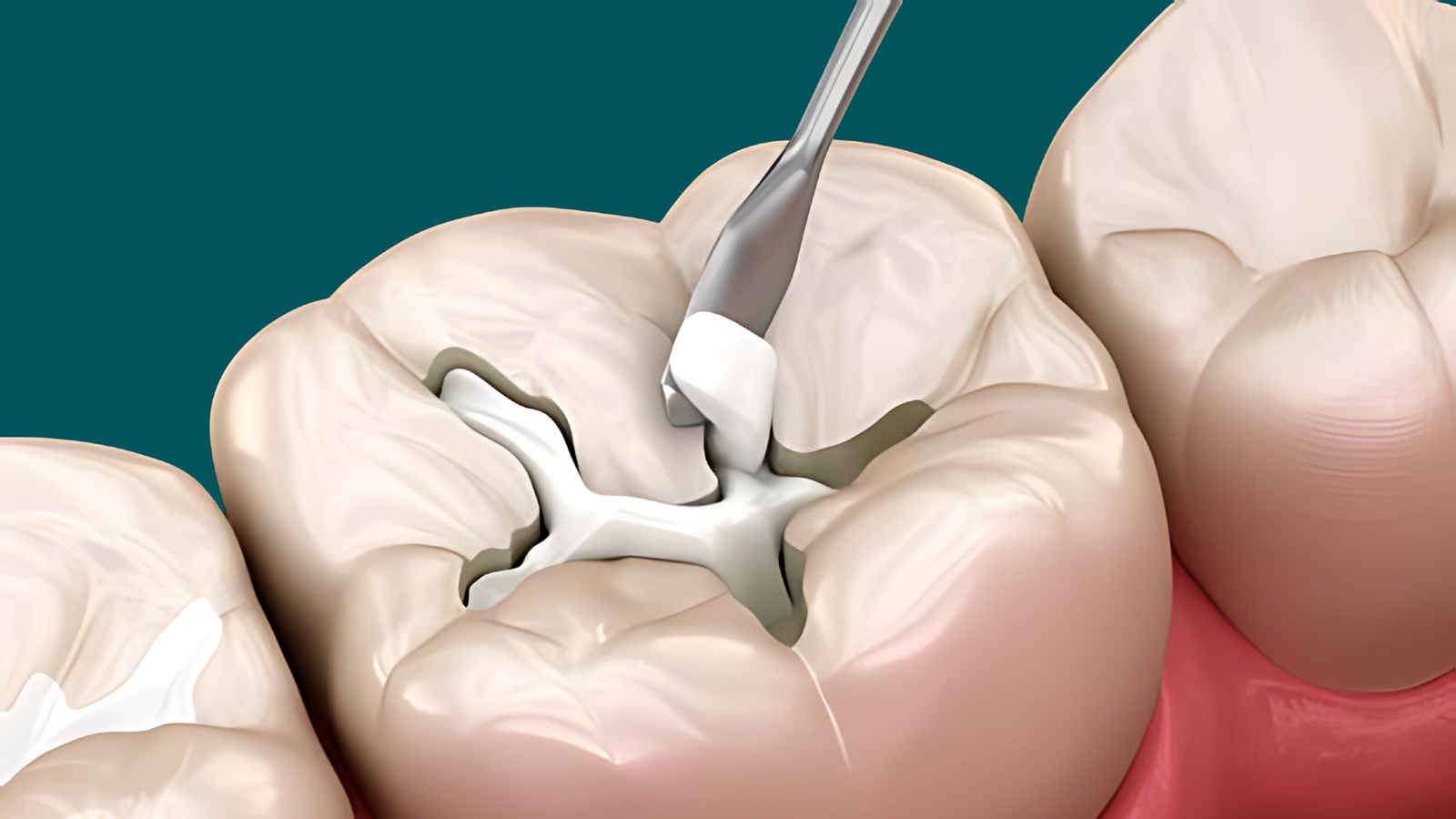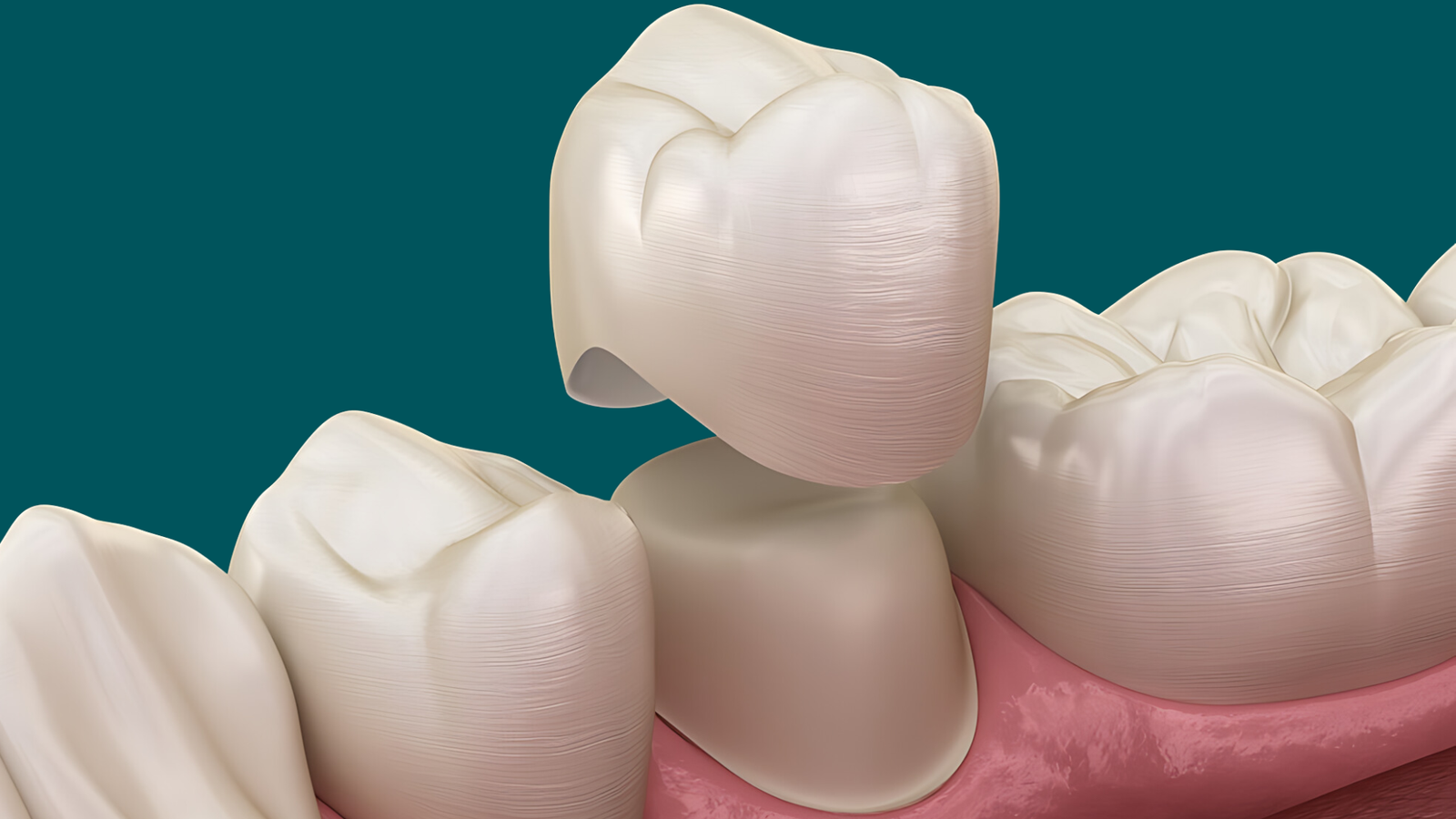Indirect Fillings
Restoring your smile while preserving tooth integrity. Discover more below.
Preservation of Tooth Structure.
Aesthetic Enhancement.
Durability.
In a glance.
Consider When
- The tooth damage is moderate but too extensive for a simple filling.
- Aesthetic and functional restoration is a priority without extensive tooth modification.
Consider Other Options If
- Tooth damage is minimal, suitable for direct fillings.
- Tooth damage is extensive, necessitating a full crown for complete coverage.
The Benefits
- Enhances the structural integrity of the tooth.
- Matches the color and shape of your natural teeth.
- Offers a conservative restoration approach that maximizes tooth preservation.
- Expected to last many years with proper care.
The Drawbacks
- Requires two visits: one for preparation and one for placement.
- More costly than direct fillings due to the materials and lab work involved.
Learn the process.
1. Initial Assessment
Determining your suitability for an indirect filling.
2. Tooth Preparation
Removing decay and shaping the tooth minimally to accommodate the restoration.
3. Impression Taking
Creating a detailed impression of your tooth for the lab fabrication of the inlay or onlay.
4. Temporary Placement
Fitting a temporary restoration to protect the tooth while your inlay or onlay is crafted.
5. Final Placement
Receiving your custom-made inlay or onlay and ensuring a perfect fit during the final visit.
Learn More
First visit
Decay Removal
Dental Impression
Temporary Filling
Second visit
Fitting the New Filling
Securing Your Indirect Filling
Discover your options.
Choosing the right indirect restoration involves considering factors like the extent of decay, the location of the cavity, and overall dental health.

Inlays
Ideal for filling spaces within the cusps of a tooth.
Onlays
Suitable for more extensive coverage, including one or more tooth cusps.
Overlays
Perfect for extensive restoration overing the entire biting surface of the tooth and extending over the cusps.Which material is right for you?
Ceramics
Most common indirect filling material.
Resins
Similar material to direct fillings.
Gold
For significant structural support.
A message from Mirage Dental Clinic.
Steps and care.
Every phase detailed, ensuring your lab-made filling’s lasting brilliance and health.
Before having an indirect filling
Between sessions
After having an indirect filling
Filling Maintenance
Things to Avoid
Frequently asked.
Inlays, onlays, and overlays provide durable solutions for different dental issues. Our dentists will recommend the appropriate option based on your specific treatment needs.
The key distinction between inlays and onlays lies in their placement: inlays fill the pits and fissures within a tooth, while onlays extend over one or more of the tooth’s cusps.
Indirect restorations, such as inlays and onlays, offer superior durability, better color matching, and enhanced stability compared to direct fillings. They are crafted in a lab to ensure a precise fit, optimizing the long-term health of your tooth. While indirect restorations involve a greater initial investment and additional time for placement, their longevity and aesthetic advantages make them a worthwhile choice for sustainable dental health.
Indirect fillings themselves shouldn’t cause pain. Post-placement sensitivity is normal but should not result in significant discomfort. If you experience pain during the procedure, informing your dentist allows for additional anesthesia to ensure comfort.
Speak with our dentists.
Alternative Options.
Discover choices beyond indirect fillings.

